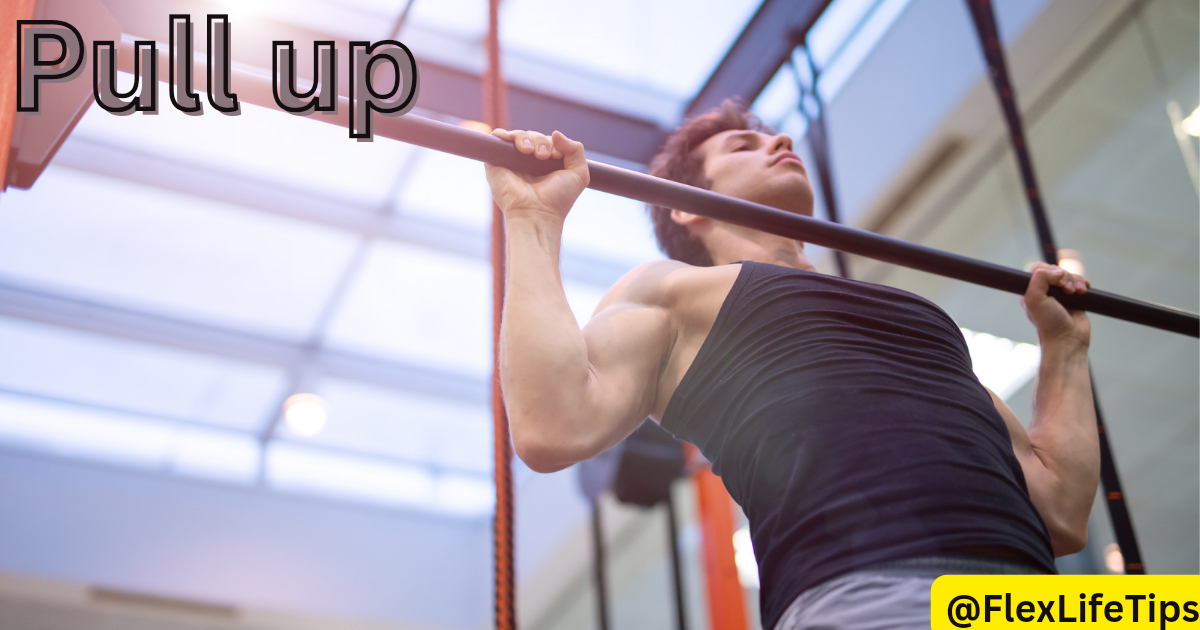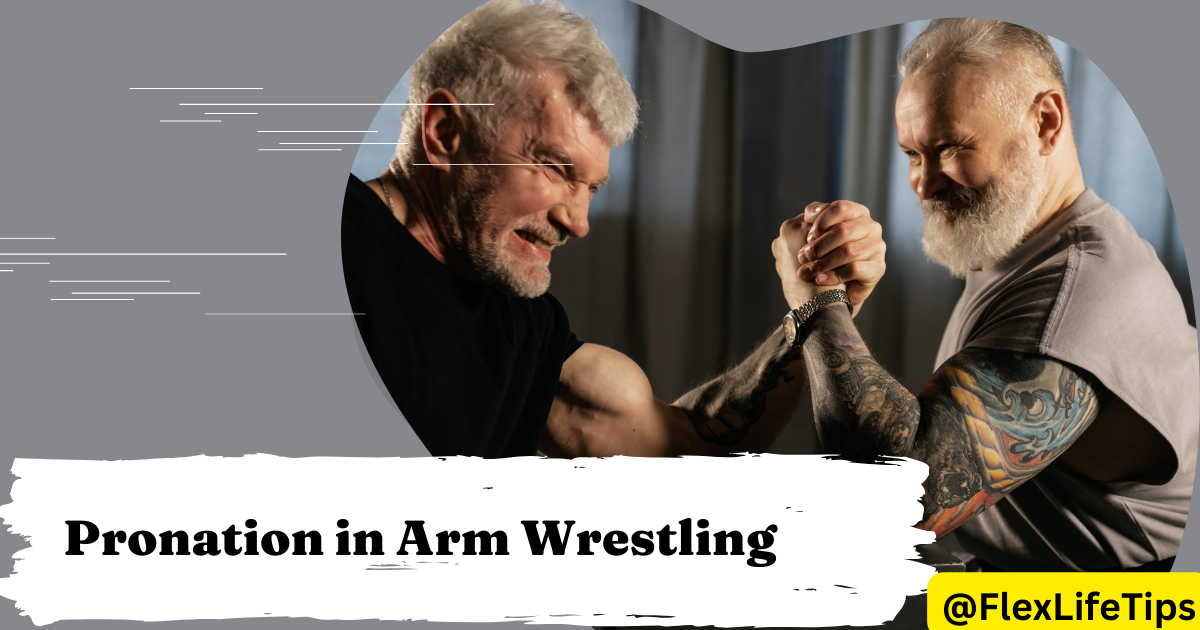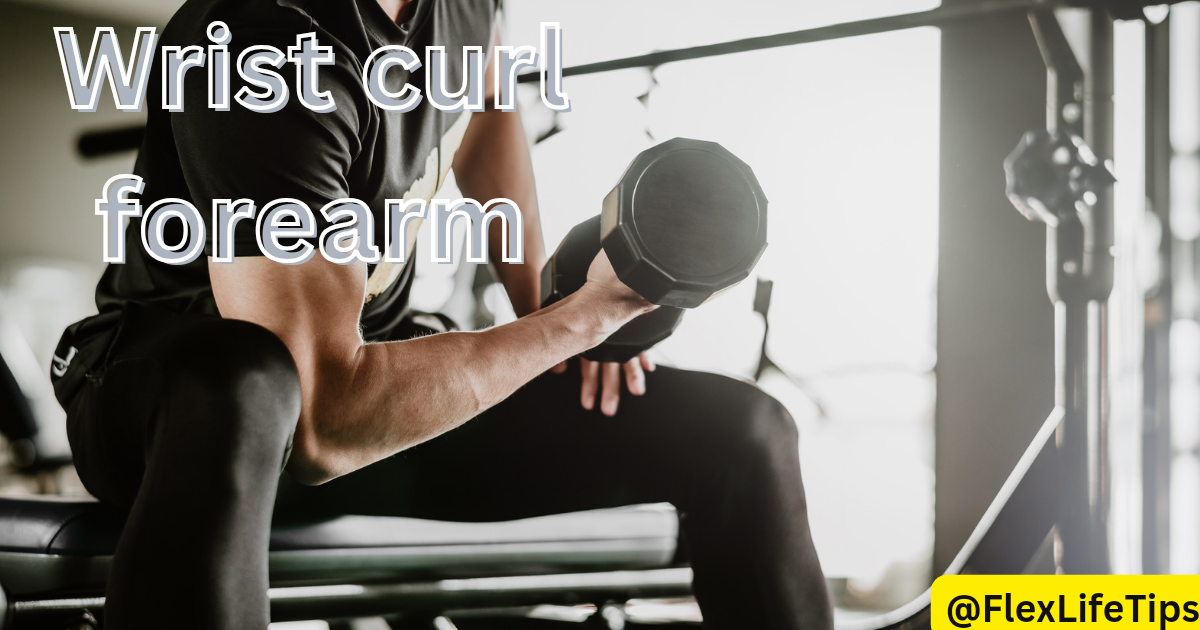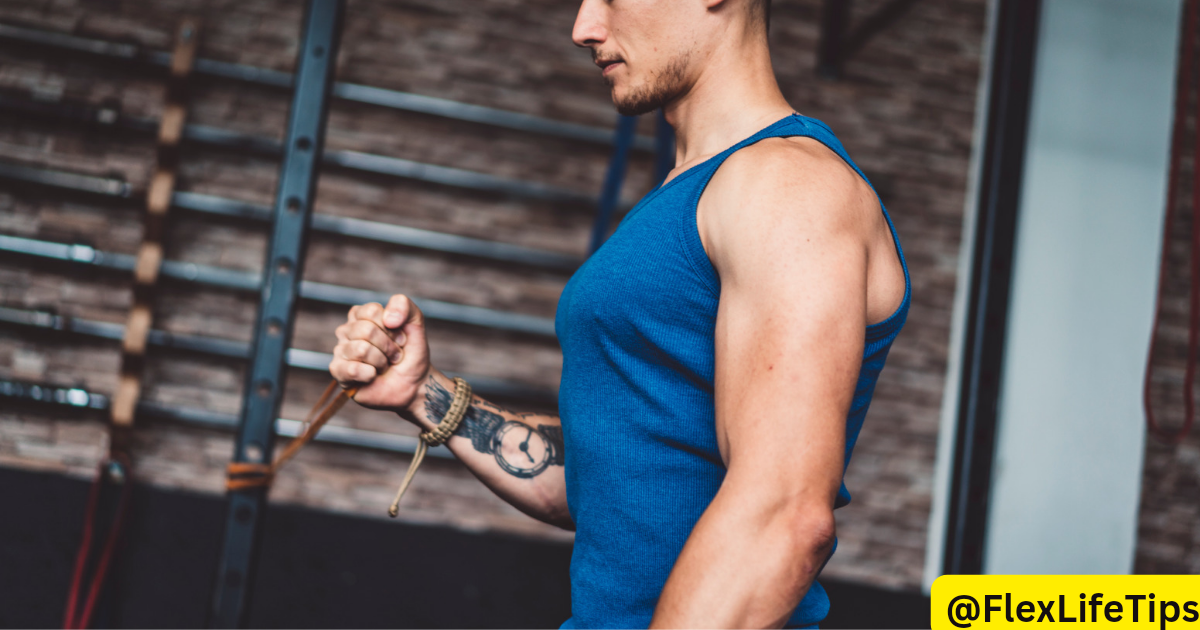Discover the essential techniques and exercises for strength training for arm wrestling. Enhance your grip, forearm strength, and overall performance on the table with targeted workouts and progressive training methods. Master the art of arm wrestling through focused strength training regimens.
Introduction
Arm wrestling training is a unique form of strength training that focuses on developing specific muscles and techniques crucial for success in arm wrestling matches. Unlike typical workouts, arm wrestling training emphasizes exercises that target the muscles used most during arm wrestling bouts.

In this article, we’ll explore five essential exercises recommended for beginners in arm wrestling training. These exercises are designed to strengthen key muscle groups and improve arm wrestling performance. Let’s dive in and discover how these exercises can help you become a stronger arm wrestler.
Partial Pull-Ups

Introduction to Partial Pull-Ups
Partial pull-ups are a fundamental exercise in arm wrestling training. They involve pulling your body upward, focusing on a specific range of motion rather than completing the full movement. This exercise targets the muscles crucial for arm wrestling, helping to build strength and endurance in those areas.
Importance of Partial Pull-Ups for Arm Wrestling
In arm wrestling, having strong arms and a solid grip is essential. Partial pull-ups target the muscles used during arm wrestling matches, such as the forearms, biceps, and lats. By strengthening these muscles through partial pull-ups, arm wrestlers can improve their ability to exert force and maintain control during matches.
Variations of Partial Pull-Ups:
- Neutral Grip Partial Pull-Ups: This variation involves using a neutral grip, with palms facing each other. It’s effective for targeting different muscle groups and mimics the arm positioning often used in arm wrestling.
- Rope Pull-Ups: Using a rope instead of a traditional bar adds an extra challenge to the exercise, particularly for grip strength. This variation helps arm wrestlers develop a stronger grip, which is crucial for maintaining control during matches.
- Inverted Grip Pull-Ups: Inverted grip pull-ups involve gripping the bar with palms facing towards you. This variation helps strengthen the muscles used for top rolling in arm wrestling, where the goal is to pull the opponent’s hand toward you.
By incorporating these variations of partial pull-ups into your arm wrestling training routine, you can effectively target key muscle groups and improve your overall performance on the arm wrestling table.
Hammer or Reverse Grip Curls

Overview of Hammer or Reverse Grip Curls
Hammer or reverse grip curls are important exercises for arm wrestling training. They specifically target the muscles responsible for elbow flexion, which is crucial for generating power during arm wrestling matches. These curls help strengthen the brachialis and brachioradialis muscles, enhancing your ability to exert force in a neutral grip position, commonly used in arm wrestling.
Targeted Muscle Groups
Hammer or reverse grip curls primarily target the brachialis and brachioradialis muscles in the forearm, along with the biceps to a lesser extent. These muscles play a key role in maintaining wrist stability and generating power during arm wrestling, making them essential for improving your performance on the table.
Execution and Variations:
- Scott Bench Hammer Curls: Performing hammer curls on a Scott bench allows for better isolation of the targeted muscles. This exercise involves curling the weights while resting your arms on the bench, reducing momentum, and focusing the tension on the forearm muscles.
- Reverse Grip Curls: Reverse grip curls involve gripping the weight with palms facing downwards. This variation shifts the emphasis to the brachioradialis muscle while still engaging the brachialis and biceps. It’s a versatile exercise that can be performed with free weights or using a barbell.
Incorporating hammer or reverse grip curls into your arm wrestling training routine can help strengthen the muscles essential for generating power in arm wrestling matches. By targeting these specific muscle groups, you can improve your ability to control and dominate your opponents on the arm wrestling table.
Partial Bicep Curls

Significance of Partial Bicep Curls
Partial bicep curls are vital exercises in arm wrestling training because they focus on strengthening the muscles involved in elbow flexion, which is essential for generating force during arm wrestling matches. These curls primarily target the biceps and the brachialis muscles, helping arm wrestlers develop the strength needed to execute powerful movements on the arm wrestling table.
Proper Form and Technique
When performing partial bicep curls, it’s important to maintain proper form to effectively target the intended muscles. Begin by holding a dumbbell or barbell with an underhand grip, palms facing upward. Keep your elbows close to your body and slowly curl the weight upwards, focusing on the contraction of the biceps and brachialis. Avoid using momentum or swinging the weight, as this can diminish the effectiveness of the exercise.
Variation Options:
- Sitting Bicep Curls: Performing bicep curls while seated helps stabilize the body and isolate the biceps and brachialis muscles. Sit on a bench with your back straight and feet flat on the floor. Hold the weight with palms facing upward and curl the weight upward, focusing on controlled movements and maximum contraction of the biceps.
- Scott’s Bench Partial Curls: Scott’s bench partial curls involve using a specialized bench that supports the arms, allowing for strict isolation of the biceps. Sit on the Scott bench with your arms resting on the pads, palms facing upward. Curl the weight upward, focusing on the partial range of motion to target the biceps effectively.
Incorporating partial bicep curls into your arm wrestling training regimen can help strengthen the muscles crucial for generating power and control during matches. By consistently practicing these exercises with proper form and technique, arm wrestlers can enhance their performance on the arm wrestling table and gain a competitive edge over opponents.
Pronation Exercises
Importance of Pronation in Arm Wrestling
Pronation is a crucial movement in arm wrestling that involves rotating the forearm inward, toward the body. It plays a vital role in executing various arm wrestling techniques, such as hooking and controlling the opponent’s hand. Developing strength and control in pronation is essential for arm wrestlers to effectively maneuver and dominate their opponents during matches.

Recommended Exercises:
- Utilizing Judo Belt or Straps: One effective way to train pronation is by using a judo belt or similar straps. Attach the belt or straps to a fixed point and hold onto them with one hand. Then, rotate your forearm inward against the resistance provided by the belt or straps. This exercise helps strengthen the muscles involved in pronation and improves rotational control.
- Cable System Workouts: Cable systems offer a versatile way to train pronation with continuous tension throughout the movement. Adjust the cable machine to an appropriate height and grip the handle with one hand. Rotate your forearm inward, pulling the cable towards your body. Focus on maintaining control and resistance throughout the exercise to maximize the effectiveness of pronation training.
- Static Holds for Pronation Development: Static holds involve holding a specific position without movement, which is beneficial for developing strength and stability in pronation. Find a position where you feel weak or vulnerable during arm wrestling matches, such as when your opponent is trying to open your hand. Hold that position with resistance, either using a partner’s pressure or a fixed object, to strengthen the muscles and improve pronation control.
Incorporating these pronation exercises into your arm wrestling training routine can significantly enhance your ability to execute techniques and maintain control during matches. Consistent practice and focus on pronation development will help arm wrestlers build strength and confidence in their rotational movements, ultimately leading to improved performance on the arm wrestling table.
Wrist Curls – Forearms

Targeting Wrist Strength and Forearm Development
Wrist curls are essential for arm wrestling as they focus on building wrist strength and forearm muscles, which are crucial for maintaining grip and control during matches. By targeting these areas, arm wrestlers can improve their ability to withstand the opponent’s forces and execute their own techniques effectively.
Effective Exercises:
- Single-Arm Barbell Wrist Curls: Performing wrist curls with a barbell is a great way to isolate and strengthen the wrist and forearm muscles. Hold a barbell with an underhand grip, palm facing upward. Rest your forearm on a bench or your thigh, allowing your wrist to extend beyond the edge. Curl the weight upward by flexing your wrist, then lower it back down slowly. Repeat this motion to target the forearm flexors and extensors effectively.
- Wrist Curls with Dumbbell: Wrist curls with dumbbells offer a versatile option for targeting wrist and forearm strength. Sit on a bench with your forearm resting on your thigh or the bench, palm facing upward. Hold a dumbbell with an underhand grip and allow your wrist to extend beyond the edge. Curl the weight upward by flexing your wrist, then lower it back down under control. Repeat this movement to effectively target the forearm muscles and improve wrist strength.
- Handle Work for Finger and Wrist Strength: Using specialized handles or grips can further enhance finger and wrist strength, which is crucial for maintaining grip during arm wrestling matches. Gripping handles of various sizes and shapes challenge different aspects of grip strength and stability. Incorporating handle work into your training routine helps develop well-rounded wrist and finger strength, contributing to overall arm wrestling performance.
By incorporating these effective wrist curl exercises into your arm wrestling training regimen, you can strengthen key muscles involved in wrist and forearm movement. Consistent practice and progressive overload will help improve grip strength and endurance, ultimately enhancing your performance on the arm wrestling table.
Reps & Sets Guidelines

Recommended Reps and Sets for Beginners
For beginners in arm wrestling training, starting with a structured approach to reps and sets is essential to build strength and endurance effectively. Aim for four sets of eight to twelve reps for each exercise. This rep range allows for sufficient muscle stimulation and adaptation without risking overexertion. By gradually increasing the weight or resistance as you progress, beginners can gradually build strength and improve their performance in arm wrestling.
Adjusting Intensity and Progression
As you become more experienced and proficient in arm wrestling training, it’s important to adjust the intensity and progression of your workouts to continue challenging your muscles and promoting growth. This may involve increasing the weight lifted, adding more sets or reps, or incorporating advanced variations of exercises. By progressively increasing the workload over time, you can continue to stimulate muscle growth and improve your strength and endurance in arm wrestling.
Importance of Consistency and Adaptation
Consistency is key in arm wrestling training to see significant improvements in strength and performance. Make sure to adhere to a regular workout schedule and consistently challenge yourself with progressive overload. Additionally, be open to adaptation and adjustments in your training routine based on your individual progress and feedback from your body. By staying consistent and adaptable, you can effectively optimize your training regimen and achieve your arm wrestling goals.
By following these reps and sets guidelines, adjusting intensity and progression, and maintaining consistency and adaptation in your training, you can maximize your potential and excel in arm wrestling. Remember to listen to your body, prioritize proper form and technique, and enjoy the journey of continuous improvement in arm wrestling prowess.
Conclusion
In conclusion, strength training for arm wrestling is crucial for developing the muscles and techniques needed to succeed in this sport. By incorporating exercises such as partial pull-ups, hammer curls, pronation exercises, wrist curls, and other targeted movements, arm wrestlers can build the strength and endurance required to dominate on the table.
Consistency and dedication to training are key factors in improving arm wrestling performance. By following recommended reps and set guidelines and adjusting intensity and progression as needed, beginners can gradually enhance their strength and technique over time.
Remember to focus on proper form and technique in each exercise, and be open to adaptation and adjustments in your training routine. With persistence and commitment, you can progress steadily and become a formidable competitor in arm wrestling.
How do you build strength for arm wrestling?
Building strength for arm wrestling involves a combination of exercises targeting the muscles used in arm wrestling, such as the biceps, forearms, and wrist flexors. This can include specific arm wrestling exercises, grip training, and overall upper-body strength training.
Does lifting weights make you better at arm wrestling?
Yes, lifting weights can improve your arm wrestling ability by increasing overall upper body strength and muscle mass. However, specific arm wrestling training and techniques are also crucial for success in the sport.
Does training forearms increase arm wrestling strength?
Yes, training forearms is essential for arm wrestling strength since strong forearms contribute significantly to grip strength and wrist control, both of which are crucial in arm wrestling matches.
Why am I so weak in arm wrestling?
Weakness in arm wrestling can result from a variety of factors, including lack of specific training, inadequate strength in the relevant muscle groups, poor technique, and insufficient experience in the sport.
Do push-ups help in arm wrestling?
Push-ups can contribute to overall upper body strength, which can indirectly improve arm wrestling performance. However, they may not target the specific muscles and movements used in arm wrestling as effectively as other exercises.
Can a weak person win arm wrestling?
While strength is undoubtedly an advantage in arm wrestling, technique, leverage, and strategy also play significant roles. A weaker individual with superior technique and leverage may still win against a stronger opponent.
Do hand grippers help with arm wrestling?
Yes, hand grippers can be beneficial for arm wrestling by improving grip strength, which is essential for maintaining control during matches.
Does bicep strength help arm wrestling?
Yes, bicep strength is crucial for arm wrestling as it contributes to pulling strength and power. Strong biceps allow you to initiate and maintain control during matches.
How can I strengthen my forearm for arm wrestling at home?
You can strengthen your forearms for arm wrestling at home by incorporating exercises such as wrist curls, reverse wrist curls, farmer’s walks with dumbbells or household objects, towel hangs, and using hand grippers. Additionally, practicing arm wrestling techniques with a partner or against resistance can help develop forearm strength and control.